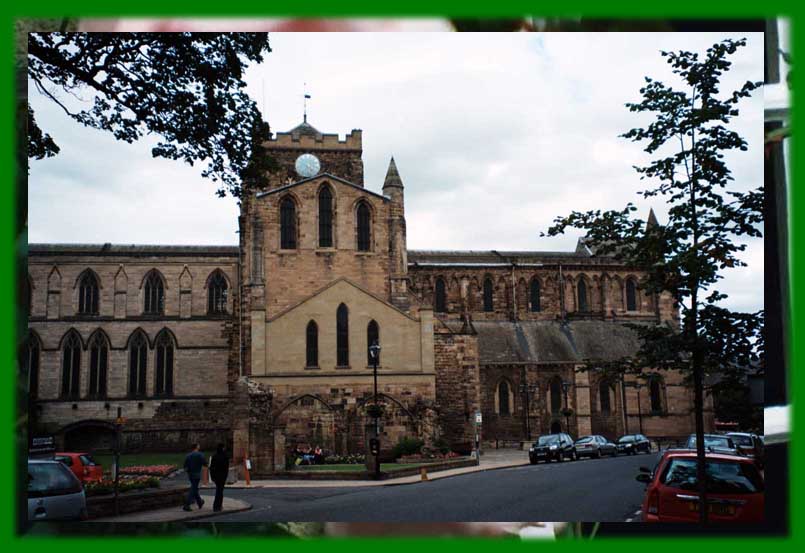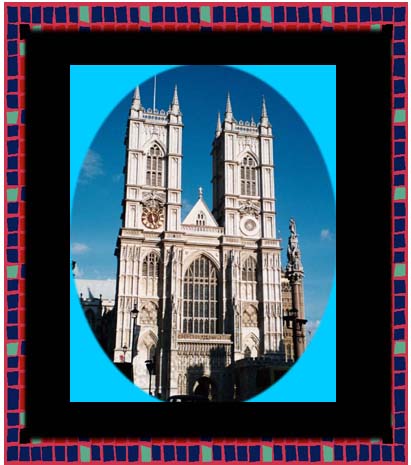|
| |
A B B E Y S

|
FOUNTAINS ABBEY- hidden
in the remote valley of the River Skell, about twenty
miles west of Rievaulx, is its daughter abbey,
Fountains. It was described as `a place more fitted for
wild beasts than men'. |
|
|

|
Rievaulx Abbey was the most
important Cistercian abbey
in England. It was founded
in 1132 by Bernard of
Clairvaulx, who was the
Abbot of a monastery in
France. The Cistercians were
an order which preached a
simple, ascetic life
dedicated to God. They wore
white habits, were forbidden
luxuries like underwear, and
were required to attend
several daily services from
the early morning to late
night. |
|

|
Hexham
is a small
market town half way between Newcastle (on the East coast)
and Carlisle (on the West coast). It stands at a bridging
point of the River Tyne. A monastery was founded there by St
Wilfrid in about AD670; it became a Cathedral in AD678. The
original building was destroyed by the invading Danes, but
rebuilt by the Normans who re-founded it as an abbey.
Although the abbey was dissolved during the Reformation in
1537, the abbey church remains and is Hexham's principal
place of worship. |
|

|
Westminster Abbey was
originally founded by King Edward the Confessor and
dedicated in 1066 - the year at the end of which England
had been conquered by the Normans. In those days it was
surrounded by fields, in the countryside West of London.
Today, it is more or less in the centre of a
gigantically expanded modern London. It stands opposite
the Palace of Westminster (otherwise known as the Houses
of Parliament), and is the site for all great ceremonial
state religious occasions such as coronations. Many of
Britain's most famous people are buried in the Abbey |
|





|